“You can have anything you want in life if you dress for it.” – Edith Head (legendary Hollywood costume designer)
If you’ve ever wondered why two people with the same skills and resume walk into the same interview but only one leaves with the offer, it may be the wardrobe.
Like it or not, how we dress up does leave an impression on others. People do interpret your professionalism, authority, and competence through your fit.
Business attire is the umbrella term for the clothing considered appropriate in professional environments, and it comes in two main categories: business professional and business casual.
Both are widely accepted in formal workplaces, but they couldn’t be more different.
In this article, I’ll zero in on what business professional attire is, when it’s required, and how men and women can execute it flawlessly.
Key Takeaways
- Business professional attire is the strictest corporate dress code, built on tailored suits, neutral colors, and understated accessories.
- It’s required in formal industries, high-stakes meetings, client presentations, and legal or leadership settings.
- For men and women, fit, polish, and grooming matter as much as the clothes themselves.
- Business professional attire differs from business casual such that there is no room for improvisation or relaxed fabrics.
Definition: What Is Business Professional Attire?
Business professional attire is the strictest dress code in the corporate sector.
It is a formal look meant to project authority and competence.
It includes tailored, pressed suits in neutral colors, conservative footwear, and understated accessories.
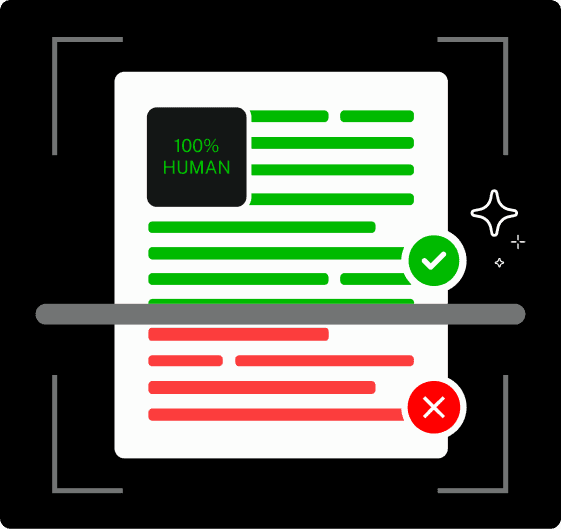
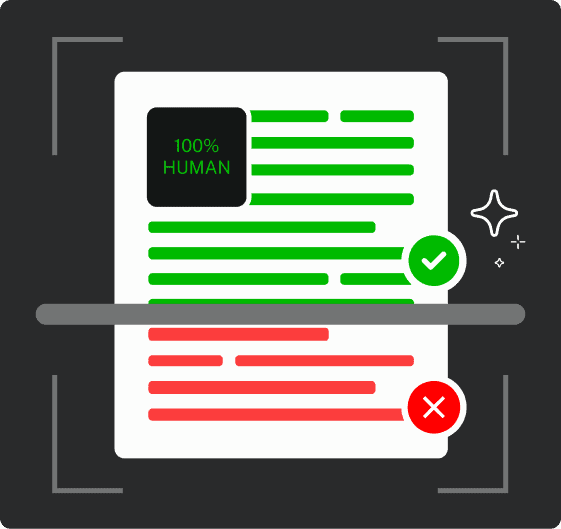
Never Worry About AI Detecting Your Texts Again. Undetectable AI Can Help You:
- Make your AI assisted writing appear human-like.
- Bypass all major AI detection tools with just one click.
- Use AI safely and confidently in school and work.
The purpose of the attire is to strip away any distractions so that you get noticed by your work and presence rather than your style.
Basically, your appearance tells the room that you understand the weight of the moment and the seriousness of the environment.
When Is Business Professional Attire Required?
You don’t need business professional attire for every workday, but you absolutely need it in the following environments:
- Job interviews in formal industries like finance, banking, law, consulting, and government roles
- Any court appearances or legal proceedings you attend as an attorney, a client, or a witness
- When presenting to senior leadership or external stakeholders
- Client-facing roles in insurance, investment, or real estate
- Conferences, formal dinners, or other networking events with senior leadership
- Funding pitches
Business Professional Attire for Men
Business professional attire for men is not “a suit and tie, and you’re good.” It is far more precise.
Suits
The core aspect of the attire is obviously the suit, two-piece or three-piece, in classic colors like black, navy, or charcoal.
Some mild patterns, like a faint pinstripe or a discreet check, work, but anything louder does not.
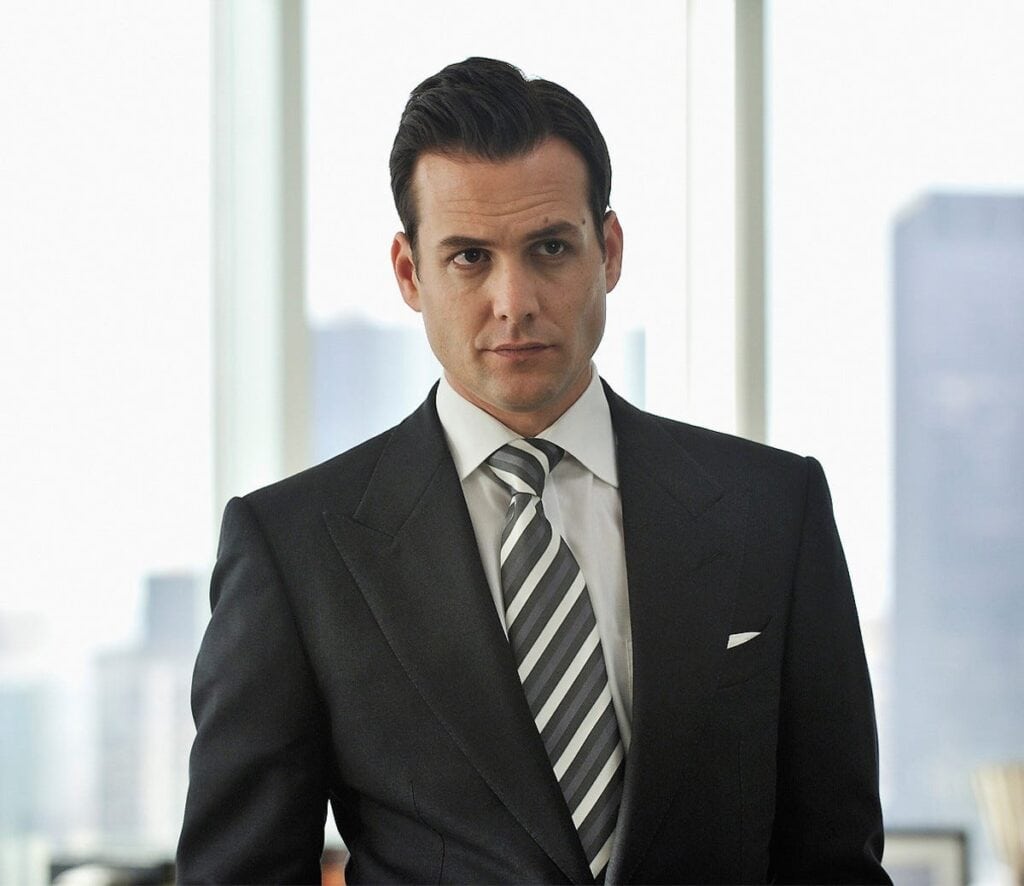
The cut must be tailored. Baggy trousers or an oversized blazer are clearly not professional.
The ideal sleeve length is such that your shirt cuff should peek out about a quarter inch.
Shirts
Shirts that go with two-piece suits are always collared, always long-sleeved, and always tucked in.
White and light blue colors are the safest bets, with pale stripes acceptable if they don’t read like optical illusions.
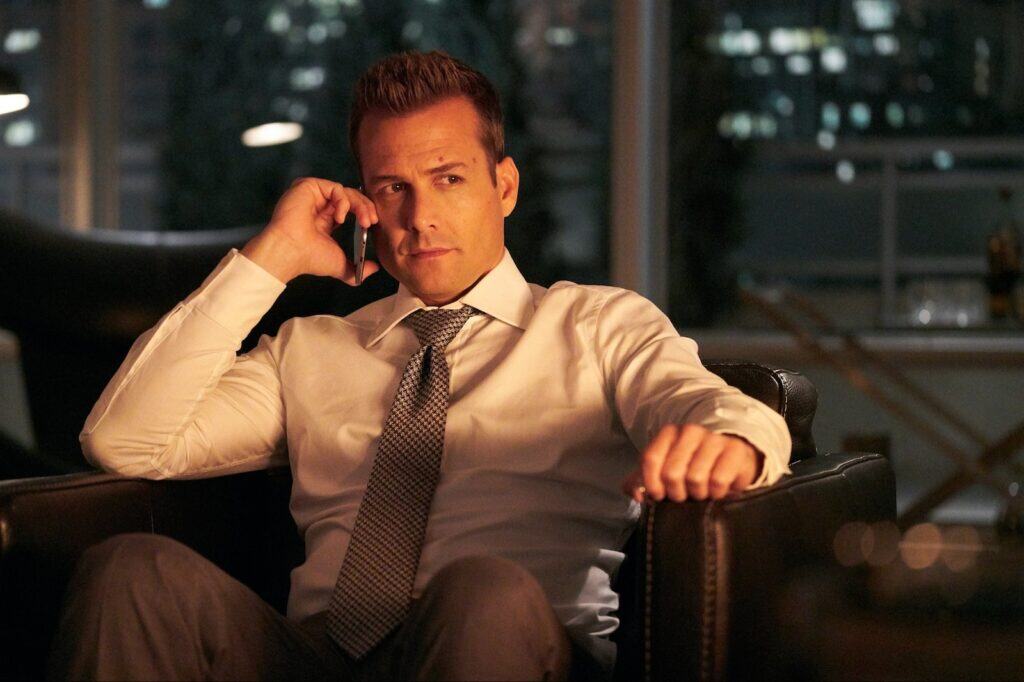
The shirt should always be wrinkle-free. If you hate ironing, invest in a steamer.
Shoes and Socks
Shoes are another make-or-break detail in business professional attire. Leather oxfords, derbies, or loafers in black or dark brown are the standard.
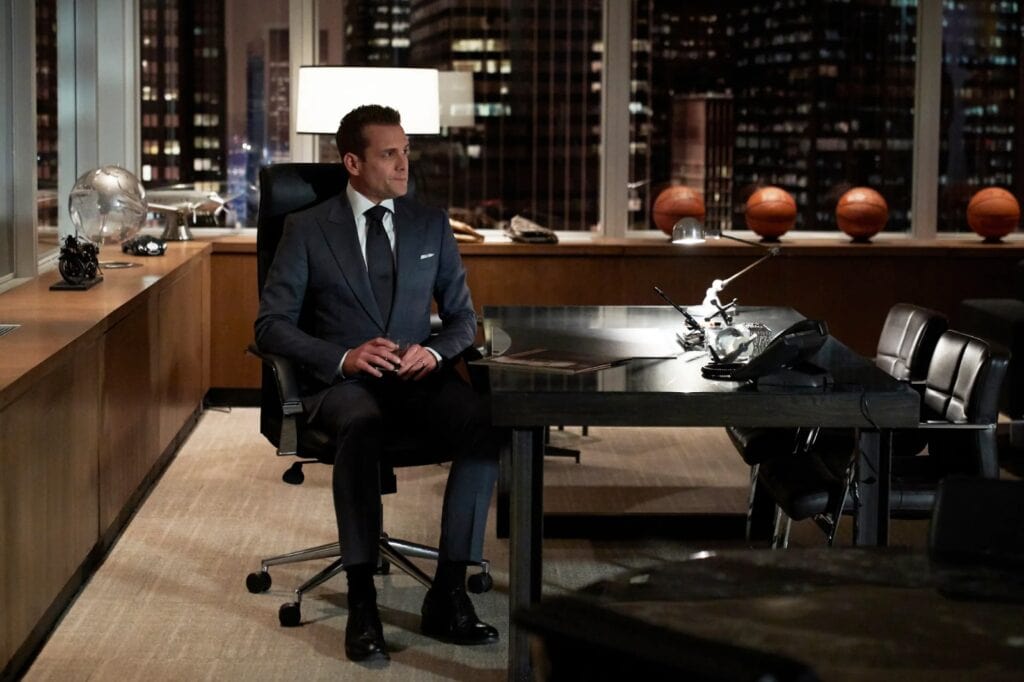
Socks should match the suit or shoes, and, for the love of credibility, cover your calves when you sit. The belt should be leather and match your shoes exactly.
Accessories
You can add understated accessories. A classic metal or leather wristwatch goes with every kind of business professional.
You may add cufflinks, but any jewelry beyond a wedding ring is usually best avoided.
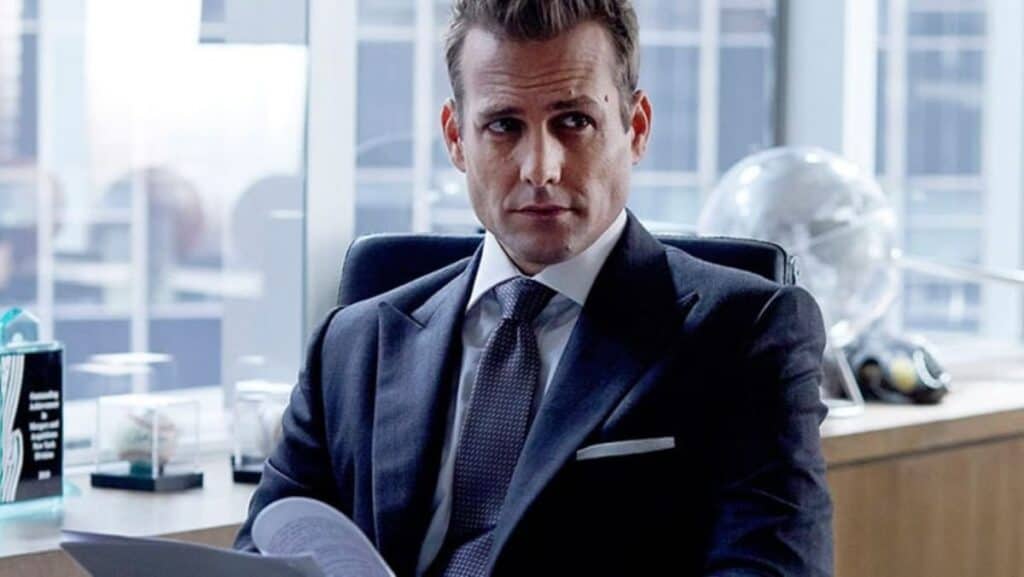
Besides your outfit, you must also look groomed with hair neat, facial hair trimmed or clean-shaven, nails clean, etc.
Business Professional Attire for Women
Now let’s look at what is business professional attire for a woman.
It, too, follows the same principles of clean lines and tailored structure.
Suit
The suit is again the backbone of business formal wear, but you can choose between a skirt suit, pantsuit, or a structured dress paired with a blazer.
Your color should stay in the safe zone, i.e., navy, charcoal, black, olive, or other dark neutrals, and fabric must hold shape. Flowy fits do not give off a formal vibe.

If you wear a skirt, it should hit at the knee or just below, never above it. Your trousers should be hemmed properly and be of the perfect length.
They shouldn’t drag across the floor.
The neckline of your dress should avoid plunging or overly casual styles. Make sure the fabric is not sheer. You could always play it safe by wearing a camisole.
Shoes
Closed-toe shoes go the best with professional attire. Pumps and flats are both acceptable, with heels ideally in the two-to-three-inch range.
Stick to leather or polished materials in black, brown, or nude shades.
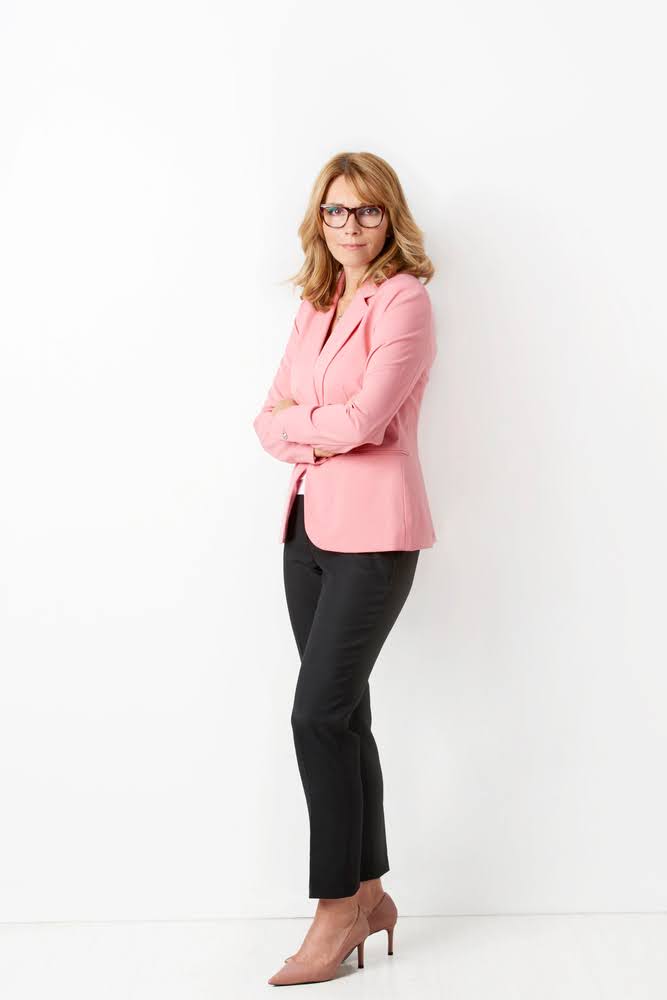
Accessories
Keep your jewelry minimal with stud earrings, a slim bracelet, a classic watch, and a simple necklace.
Anything that clinks or dangles aggressively doesn’t belong in a boardroom.
You could add a statement bag like a tote, satchel, or briefcase that holds its shape and looks intentional.
Make sure to never carry oversized hobo bags or backpack-purse hybrids in professional settings.

Belts, if visible, should be plain and in neutral shades.
Hair and makeup
Keep your hair neatly styled in a sleek ponytail or bun. Loose styles are fine too, but they need to look brushed and kept away from the face.
Stray flyaways or half-collapsed buns that need to be adjusted in the middle of a conversation are actual distractors.

Makeup follows the same rule of less is more.
A well-balanced base that evens out the skin, understated eye definition, and a muted lipstick shade that doesn’t scream for attention all work in your favor.
Business Professional vs Business Casual
Business professional, as we’ve been discussing so far, is the highest bar in corporate wear with tailored suits in a neutral palette.
Business casual, on the other hand, is where you have the permission to loosen the tie. It’s still professional, but it trades the formality of a full suit for smart separates.
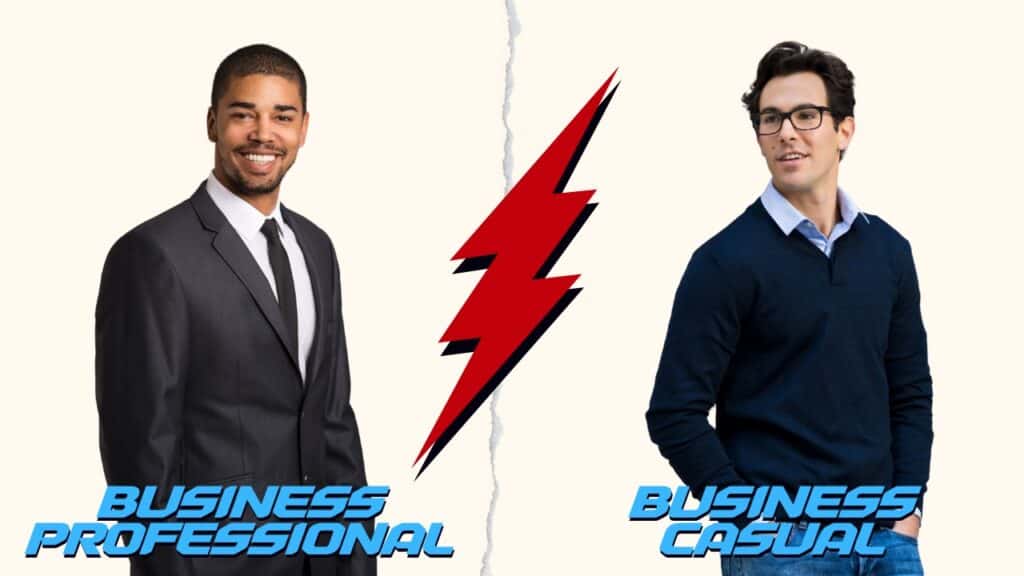
Business professional wear sends a precise, authoritative signal. There’s no room for improvisation, and your appearance needs to align with a very clear standard.
Business casual, meanwhile, leaves some space for personality. You can wear some light colours. You can mix mild textures.
You can even push the envelope with patterned shirts or accessories, as long as they stay subtle.
Law firms or banks with client-facing roles will almost always expect business professional attire.
However, many modern corporate offices default to business casual for day-to-day operations and reserve full business professional for board presentations or investor meetings.
A Gallup survey showed that 41% of employees wear business casual to work, while 31% opt for street clothes and 23% wear uniforms.
Only 3% reported wearing a suit, the lowest figure Gallup has ever recorded, which dropped from 7% in 2019.
What to Avoid in Business Professional Settings
Business professional attire has very clear lines.
Here are the most important don’ts:
- Wrinkled or ill-fitting clothing
- Overly flashy patterns or bright colors
- Casual footwear
- Strong perfumes or colognes
- Heavy makeup
- Visible undergarments
- Casual fabrics like denim, linen, or jersey knits
- Novelty socks, ties, or accessories
How AI Tools Can Help You Get The Job
We’ve spent plenty of time talking about what to wear once you land the job, but let’s back up for a second, how do you actually get into the room where the dress code matters?
Undetectable AI tools have, fortunately made job hunting very much easier than it used to be.
No recruiter wants to see a generic document that looks like it was recycled from five different job applications.
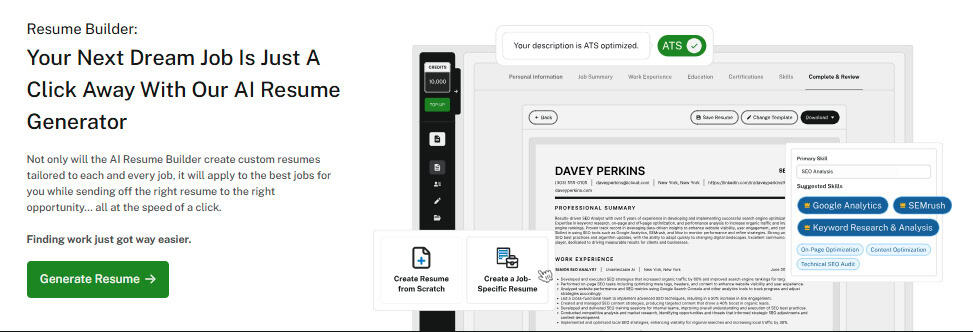
Undetectable AI Resume Builder makes a custom resume for each job, highlighting the most relevant experiences and formatting it just as the specific recruiter wants.
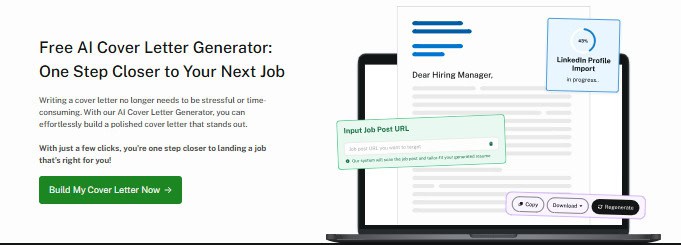
The Cover Letter Generator will help you write sharp, role-specific letters that show your confidence.
You’ll save yourself from fumbling through clichés like “I’m passionate about teamwork.”
Even with the right documents, applying to jobs manually is itself a full-time job.

The AI Smart Applier automates your applications for positions that actually fit your skills. It is kind of an assistant who knows exactly which interviews require you to pull out the business professional wardrobe.
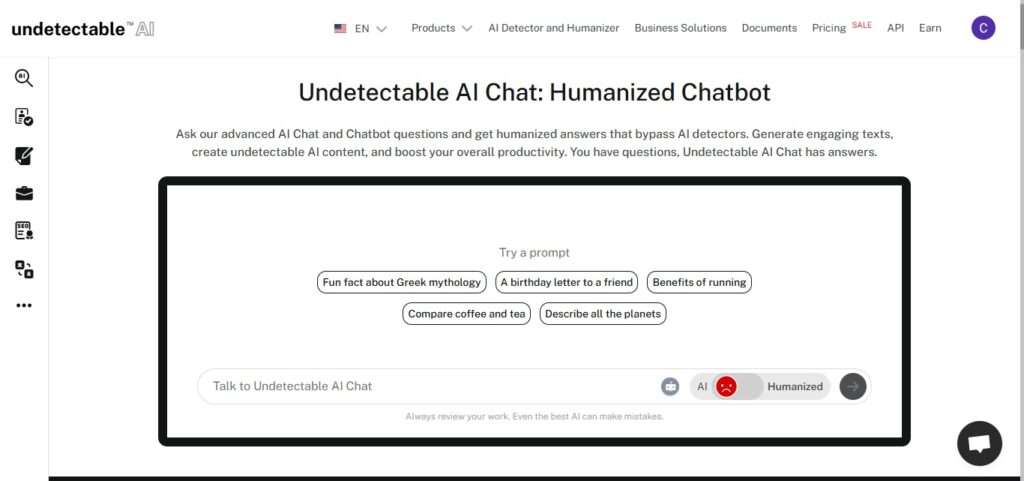
And when you’re preparing for those interviews, you can refer to the AI Chat.
You can ask for interview tips, practice responses, or get clarity on what to wear for your interview day.
Before sharing or publishing workplace advice, you can also use our Undetectable AI’s AI Checker to confirm that your professional guides and interview tips are authentically written.
It helps ensure your content reflects credible, human insight—something every reader and recruiter values.
Be sure to explore our AI Detector and Humanizer in the widget below!
FAQs About Business Professional Attire
Is a black suit always appropriate?
A black suit is appropriate in most formal business settings, but it is best reserved for evening meetings.
Navy, charcoal, or gray are better choices for daytime settings.
Can I wear patterned ties or shirts?
Yes, you can, but try to keep your patterns subtle, as in fine stripes, small checks, or simple designs.
Anything floral or loud is not appropriate in business professional attire.
Do I need to wear a blazer every day?
Yes, you do if the dress code is strictly business professional.
But if your office leans more towards business casual, you can skip it on regular days and save it for client meetings or whenever you need that extra edge.
What if I’m unsure about the dress code?
If you’re unsure about your dress code, always dress up rather than down.
A suit and tie or blazer and blouse won’t hurt you, but showing up underdressed can.
You can always adjust once you’ve observed what others wear to your workplace.
Conclusion
Your sharp business professional outfit won’t get you through the door if your resume is buried in the pile, or your cover letter sounds like it was copied off a template.
To match your professional look with a professional application, you need tools that actually get you interviewed in the first place.
Undetectable AI takes you beyond wardrobe choices and into career-building essentials.
Use it to build a resume, write cover letters with compelling narratives that frame you as more than just another applicant, and get yourself in front of roles where your effort will be valued.
And whenever you need quick advice for anything related to work, turn to Undetectable AI Chat for unfiltered, actually useful suggestions.
Before you apply, try Undetectable AI’s Resume Builder and Cover Letter Generator to create professional-grade applications.
Then use the AI Smart Applier and AI Chat to streamline your job search and get tailored guidance.
With Undetectable AI, you’ll move from just applying to actually landing the roles that matter.
